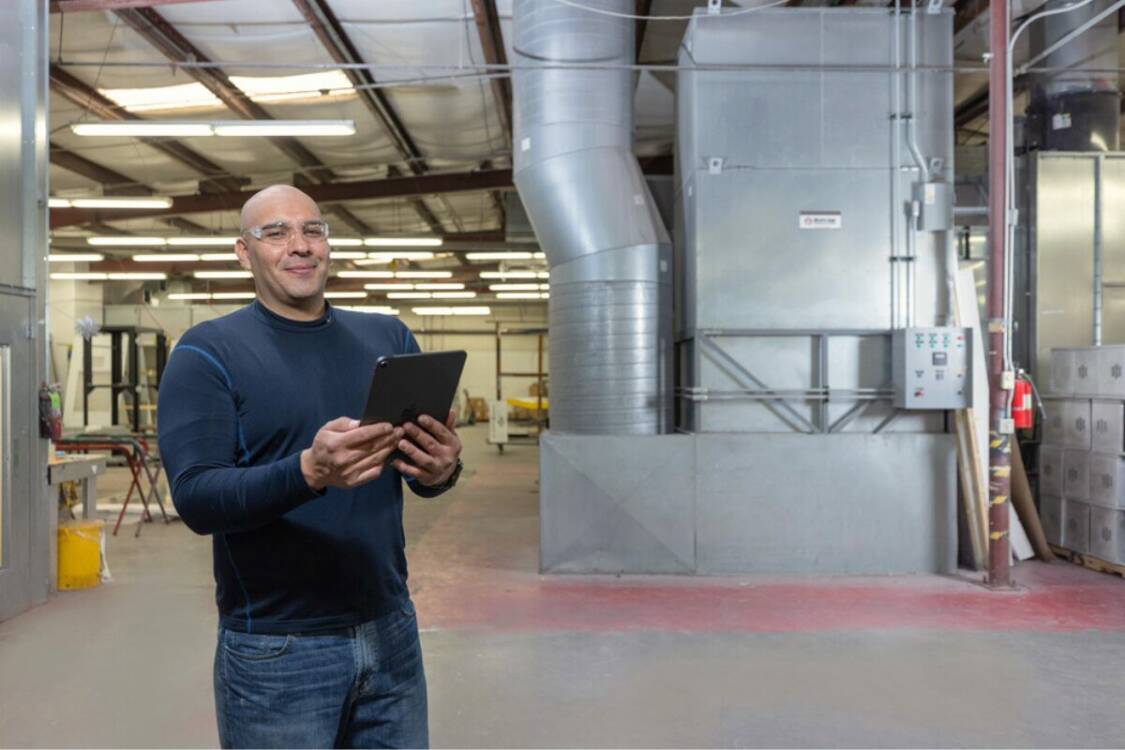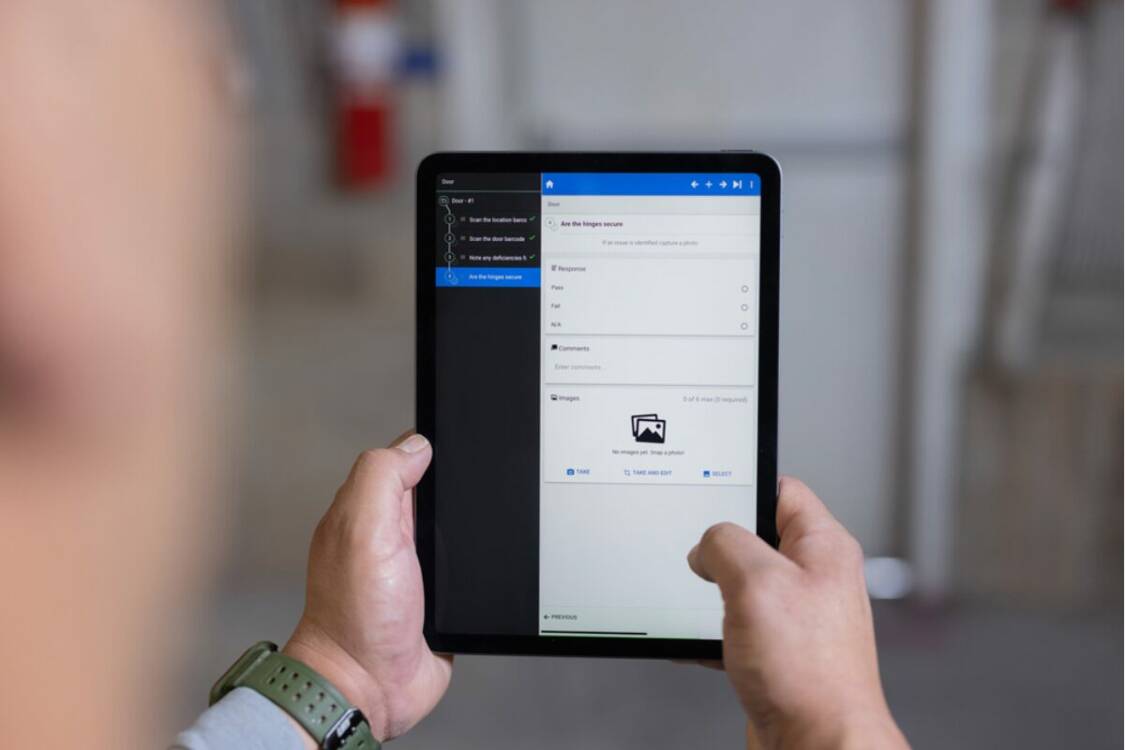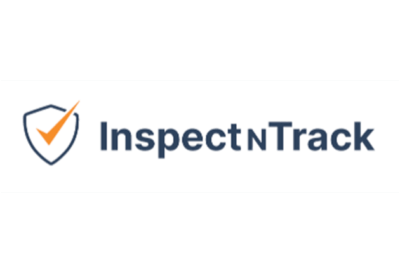An intuitive overview that explains fire and life safety inspections – what they are, why they are important, and how you can prepare for them.

What Is a Fire and Life Safety Inspection?
Fire and life safety inspections are comprehensive evaluations conducted on buildings, facilities, and safety equipment. They are designed to identify safety hazards, mitigate risk, and ensure compliance with established safety standards.
Typically, they involve reviewing a building’s construction, fire protection systems, and other operational features.
In general, these inspections serve as a routine way to review the safety measures in place and prepare for future emergencies.

Purpose of Fire and Life Safety Inspections
Fire and life safety inspections are a form of preventative maintenance. Their primary purpose is to minimize risk.
In order to minimize risk, fire and life safety inspections help ensure that fire prevention and emergency systems are functional and comply with national, state, and local codes such as those set by the National Fire Protection Association (NFPA), International Fire Code (IFC), and the Occupational Safety and Health Administration (OSHA).
Fire and life safety inspections are crucial for:
- Protecting life and property
- Ensuring code compliance
- Reducing liability
- Preventing business interruptions
What’s Included in a Fire and Life Safety Inspection?
Fire and life safety inspections should be thorough and detailed. Here are some elements to consider including in your evaluation:
- Fire extinguishers – check for proper placement, visibility, charge levels, and maintenance tags.
- Fire sprinkler systems – assess for valve status, pressure levels, and potential obstructions.
- Fire alarm systems – test for audible alerts, sensor response, and control panel operation.
- Exit signs and emergency lighting – verify illumination, battery backup functionality, and visibility.
- Egress pathways – inspect for obstructions, signage, and door functionality.
- Fire doors and barriers – evaluate to ensure proper closure, labeling, and fire ratings.
- Electrical systems – check for hazards such as overloaded circuits or improper storage near panels.
- Emergency equipment – review eyewash stations, safety showers, AEDs, and first aid kits.

Who Conducts the Inspections?
Fire and life safety inspections can be performed by
- internal safety professionals
- hired fire inspectors,
- or local fire departments.
The best option for the job depends on the facility type and regulatory requirements. If properly trained, an internal safety professional should be able to perform the job. However, sometimes high-risk or complex facilities may require the expertise of a certified fire inspector or a local fire department.
The Importance of Routine Inspections
Regular inspections are important, because they help you recognize gaps in your safety plans BEFORE they become a problem. They are a scheduled, reliable way to check that all safety systems are in good working order and compliant with current safety standards. Not only that, but they provide peace of mind to building owners, staff, and occupants.
Neglecting to perform fire and life safety inspections can result in major repercussions including large fines, increased risk/liability, insurance complications, or worse—injuries and fatalities that could have been prevented.
How Often Should Inspections Be Conducted?
Inspection frequency depends on a variety of factors, including the building type, occupancy, equipment in use, and applicable regulations. However, fire and life safety inspections generally involve:
| Type | Description |
|---|---|
| Monthly Checks | Recommended for items like fire extinguishers, emergency lighting, exit signs, and AEDs to ensure visibility and functionality. |
| Quarterly Inspections | Often required for fire alarm and sprinkler systems, depending on jurisdiction and system complexity. |
| Annual Inspections | Typically a more thorough inspection mandated for fire alarm systems, sprinkler systems, fire doors, and commercial kitchen suppression systems, as per NFPA codes. |
| Weekly Pump Runs | For fire pump systems to confirm operability and identify early signs of malfunction. |
| After Changes or Renovations | A follow-up inspection should be done anytime a building layout is changed, occupancy levels shift, or fire protection systems are altered. |
Note: It is best practice to always refer to the applicable NFPA codes, local fire marshal guidelines, and insurance requirements to determine exact inspection schedules.
How to Prepare for a Fire and Life Safety Inspection
One of the best ways to ensure a smooth and successful inspection is by doing a little prep in advance. Here are some of the best ways to prepare:
- Maintain Organized, Accessible Records – Keep digital or physical records of past inspection reports, maintenance logs, and compliance documentation.
- Perform a Walkthrough – Conduct a quick overview to identify any obvious issues such as obstructed exits, expired fire extinguisher tags, or non-functioning lights.
- Notify staff and assign roles – Inform personnel of the upcoming inspection and ensure that those who are responsible for safety systems are available to answer questions.
- Pre-Test Systems – Perform basic checks on fire alarms, emergency lights, and suppression systems to catch malfunctions before the inspection.
- Use Inspection Software – Software can help you with managing inspection schedules, recording any identified issues, making assignments and more before inspectors arrive.
Being proactive not only helps ensure compliance but also demonstrates a strong commitment to life safety for employees, visitors, and stakeholders.

Modernizing Inspections With Software
Keeping pace with different inspections schedules and maintenance tasks can be tough, no matter how organized you are. Software can help take the guesswork out of safety efforts, while putting more time and money back into your pockets. It can quite literally revolutionize the way you approach safety. Here at InspectNTrack, we offer fire and life inspection software that is specifically designed to help you master inspections.
- Location Tracking – Always know where your extinguishers are.
- Building Logical Inspection Routes – Maximizing your time by conducting maintenance along routes that make sense.
- Time and Money Savings – Reduce costs through efficient inventory management.
- Real Time Visibility & Updates – The software updates without wifi so you can get the latest info on demand.
- Reporting on the Go – Use a handheld device to document your tasks as you complete them.
- Automated Scheduling/Alerts – Get notified when you have upcoming inspections or maintenance tasks.
- Compliance Support – Notifications for upcoming tasks along with a detailed audit trail help prove compliance and keep it top of mind.
These are just some of the elements that make our software the go-to option. Want to learn more? If so, request a demo! Our team of specialists are happy to set up a meeting to help you determine if InspectNTrack software is right for your company’s needs. We believe in the power of our product to change the way safety is approached in the workplace and want to answer any questions you have.
Conclusion
Fire and life safety inspections are a critical component of any comprehensive safety program. They serve as both a preventive and corrective measure, helping organizations protect people, assets, and operations. By staying proactive and leveraging modern tools, organizations can simplify compliance and ensure a safer environment for everyone.

